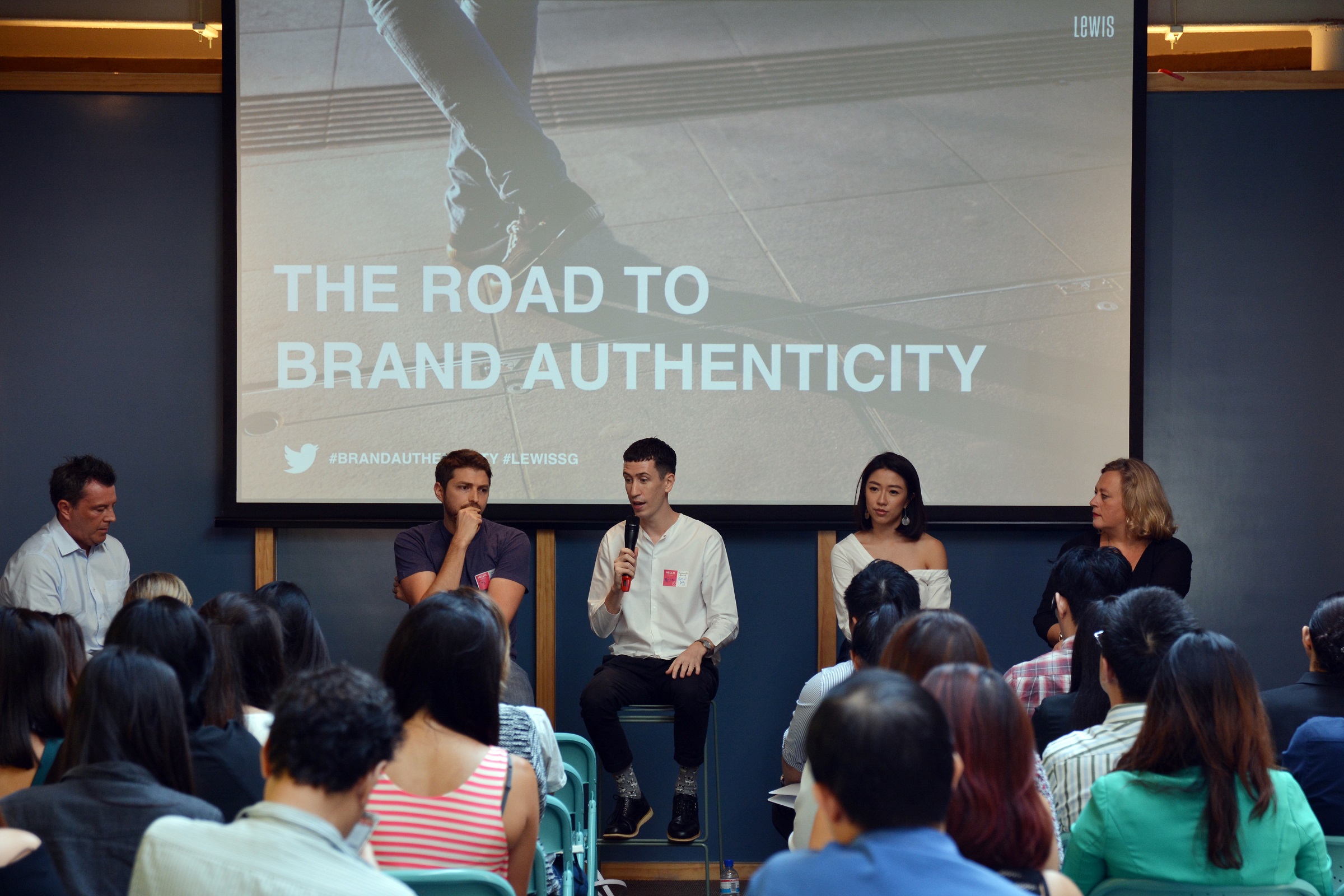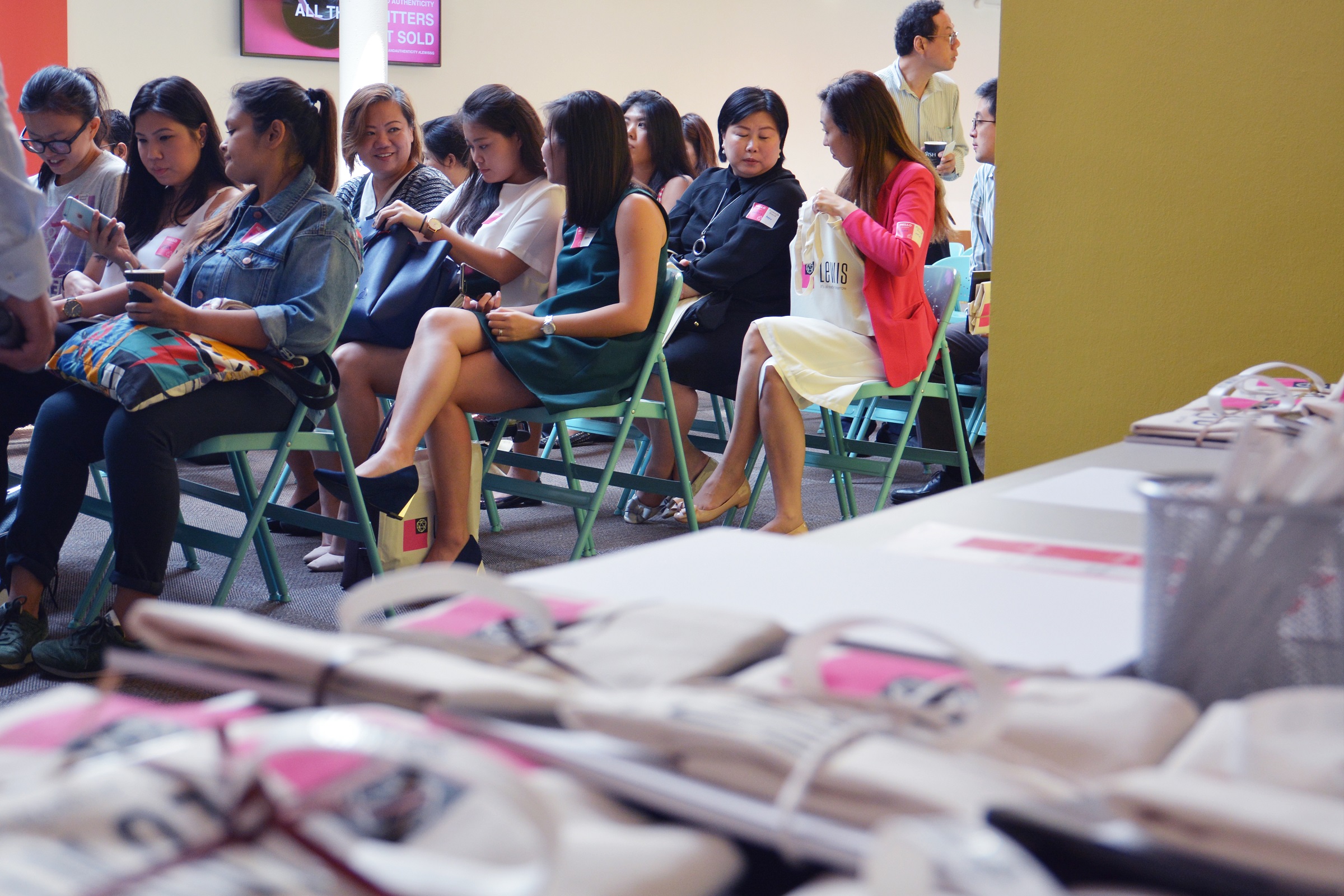What is brand authenticity?
Ahead of being a panel member at LEWIS Singapore’s event “Brand authenticity and Influencer Advocacy”, Michael Agnew, Head of Foresight Factory APAC has been thinking about how brands can find their authentic voice.
Let’s start by thinking about what authenticity actually means – the dictionary definition is something that is ‘real or true’. For brands, this often brings to mind locally-produced or craft products more so than mass-produced. And the mainstream is shifting in the direction of mass-produced authenticity; so when beauty products from Jeju Island and ice cream from Hokkaido become the norm, where do consumers look next?
They now look for brands that have a purpose, a story, an identity… don’t they? Yes and no.
Yes, because people are searching for stories in their daily pursuits, particularly in China, where a significant 45% of consumers follow a brand for their interesting and entertaining content, compared to the lower global average of 36%. Our trend Story Seekers reports how experiences are sought in order to build memories, identities and can become stores of social capital. The implication for brands and products, is that they can help to make daily moments mean something more, by allowing us to buy into their story or purpose.
Almost 70% of consumers like their favourite brand to reflect their personality (real or aspirational), and when it’s convenient we’ll choose brands that mirror our personal values. In categories saturated with virtually identical products, a brand’s story or purpose can make the difference and resonate with consumers when they have to make consumption choices. But we consume so many brands on a day-to-day basis, we don’t want most to add value to our lives beyond fleeting moments and this is something marketers can lose sight of. We too often use phrases like “consumers want x, y & z from brands” and although this is a convenient way to express what brands must deliver, the more effective mindset should be “consumers have to buy brands, and therefore they want them to be x, y & z”.
With this in mind, how can brands start to create stories, identities and importantly, prove their authenticity? Although it might be tempting to try to reflect the consumer zeitgeist, firstly, brands should be thinking about how to be real and true to themselves by looking at their core values. Secondly, they can then look at how this converges with consumer trends. Skipping forward and not following these steps has been a pitfall for recent campaigns such as the McDonald’s ‘Dead Dad’ advert that was pulled after it received a tirade of complaints. The commercial implies that a Fillet O’Fish burger can comfort a mourning wife and fatherless son. In this instance, McDonald’s wanted to enter an entirely new area of emotional storytelling but did not spend time laying a foundation first. McDonald’s can claim many things, such as being a place of inclusivity, as portrayed in their ‘coming out’ advert in Taiwan last year – but bereavement councillor it certainly isn’t.
To avoid such blunders, brands can start looking at the features most associated with their sector and brand, which influence the likelihood of customer recommendations. At Foresight Factory, through regression analysis we can identify the factors that make people most likely to be your brand advocate, so you know which traits to leverage and the trends that enable you to act. For example, for a brand at a topline level in China, being cool and impressive are attributes that most drive advocacy. Interestingly, being genuine comes further down the list.
 Of course, an option for those that want to be seen as an authentic brand, is to buy advocacy through the use of influencers, although ROI and the cost varies greatly. Take for example, the Fyre Festival occasion where social media celebrity Kendall Jenner was purportedly paid $250,000 USD for a single post. And we all know what happened at that event. Although this incident highlighted some serious flaws in the influencer marketing model, there is still strong creativity to be found via organic user-generated content. During CNY 2017, across Singapore and Malaysia, Coca-Cola enlisted a number of different influencers to describe awkward moments with nosy family relatives during the celebrations (“waa girl, so big already, still no boyfriend ah?”). The campaign was original, local and a strong fit for a brand’s omnipresence during holiday times. Does it matter that the influencers were enlisted by a large corporation? No, not if they also had fun sharing their stories. And to me, that feels authentic.
Of course, an option for those that want to be seen as an authentic brand, is to buy advocacy through the use of influencers, although ROI and the cost varies greatly. Take for example, the Fyre Festival occasion where social media celebrity Kendall Jenner was purportedly paid $250,000 USD for a single post. And we all know what happened at that event. Although this incident highlighted some serious flaws in the influencer marketing model, there is still strong creativity to be found via organic user-generated content. During CNY 2017, across Singapore and Malaysia, Coca-Cola enlisted a number of different influencers to describe awkward moments with nosy family relatives during the celebrations (“waa girl, so big already, still no boyfriend ah?”). The campaign was original, local and a strong fit for a brand’s omnipresence during holiday times. Does it matter that the influencers were enlisted by a large corporation? No, not if they also had fun sharing their stories. And to me, that feels authentic.
Want to hear more? Register for the free talk at The Working Capitol, Singapore on Thursday 8th of June.